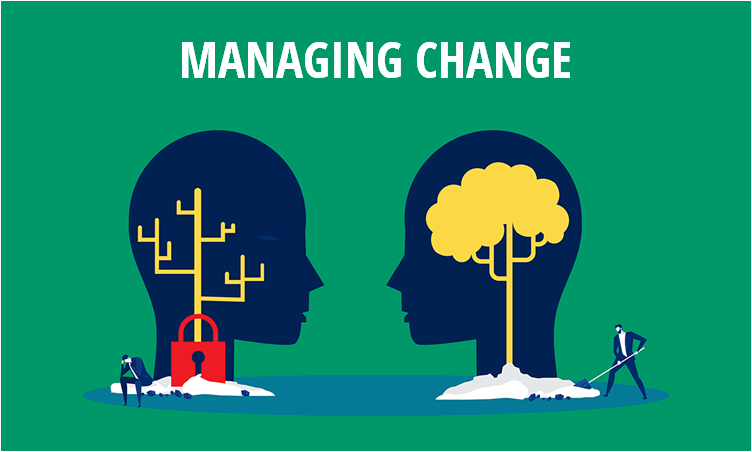
Over the last decade, Rotary has made a concerted effort to ensure its sustainability as an organization by adopting and adapting new practices, regulations and guidelines which better accommodate, encourage and appeal to current and potential members.
Some of these updates and upgrades happen quietly and in the background – like a minor tweak to procedure or policy – and may go unnoticed by most members; while others may get a bit more hype and pomp – like our new strategic priorities, or new club models and flexibility options.
While members in general may have not paid much attention to these alterations and enhancements, as most may not have affected their own and existing Rotary modus operandi, having to deal with the effects of the COVID-19 global pandemic at regional, local, club, community and personal levels over the last 20+ months triggered many members and clubs to become more aware of what alternative options existed and could be used to handle these new and often unfamiliar circumstances.
As we are close to entering our third year of the pandemic and move forward as an organization to introduce change into our clubs, one of the responses we may still meet in Rotary is a resistance to change.
This is expected. As humans, we like consistency. We are comfortable with what we are used to. We have all seen this. From the “old” club with its established practices moves to welcome a younger cohort with different ideas, to a club with an appearance of supporting change. but an underlying expectation that “when they see what we are all about” the change will not really be necessary, to clubs who have made changes for the better because of circumstance but are really waiting for things to "return to normal" and plan to go back to their old ways. Suddenly, the expectation is not met.
In many cases, the younger cohort or those looking forward to change for the better believed what was said and not only have run with it, but they may also push the limit.
So, how does the old club respond? Often it is with frustration and push back, but it does not have to be.
In fact, the new group’s desire for disruption or evolution is the perfect opportunity for compromise and progressive change. Suddenly there is an opportunity to become a place for all. Those who like the old traditions and meetings that involve meals and a somewhat slow pace have a place to go. Those who are keen for change and less focus on protocol also have a fit. The problem is, how do these two groups resolve their differences and work together? How do we build an effective team?
The key is respect!
Respect for tradition and historic practice and respect for a new vision. Combined, these forces can change the world. At odds, they will destroy established clubs and weaken Rotary.
So...How to start?
It is all about respect and taking the time to listen. Understanding where people who have the common goal of wanting to serve, are at in their lives. Do they have the time and money to accept the old club model of meals and speakers? Are meetings an anticipated time of social interaction or a difficult commitment in a busy workday? Is the meal an anticipated treat or an example of dated traditions?
Several members and leaders across our District have been dealing with this – some even way before the pandemic. In many cases, when asked to help, a good place to start is with a relaxed session to discuss "what is wrong?". What is the schism between new and old? How can we move forward?
Discussions about what is good, what is bad, where are the opportunities, where are the pitfalls set the tone and lay the groundwork for change and accepting change. If the process is successful, as discussions progress, the common goals and expectations become clear. The pitfalls are clearly expressed and opportunities to find success precipitate.
It is by far not an easy process. Respectful honesty and not just listening to, but, actually hearing and valuing what other have to say must be fostered and are paramount and key to achieving the goal of evolving a club and its practices to better accommodate existing and new members and ensure sustainability and success over the next 10, 20, 30 years.
Once discussions are over, follow up is key! Deriving the realistic steps to be taken to harness the enthusiasm and vigor of the new with the experience of the old to achieve mutual goals is a process in itself, but also another opportunity for members to work together as a team.
Managing change is always a challenge, but it can be done and if done right, it will strengthen Rotary.